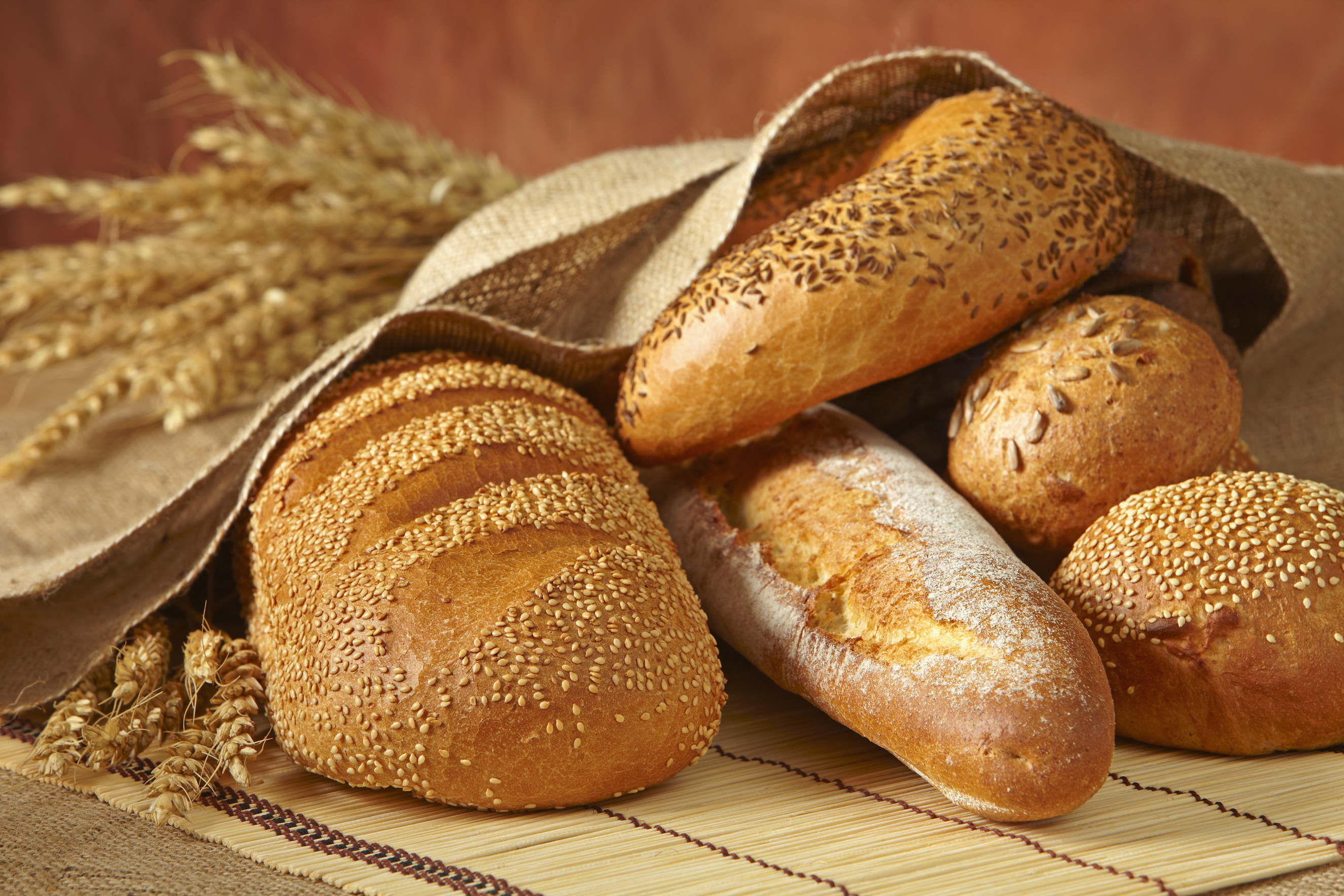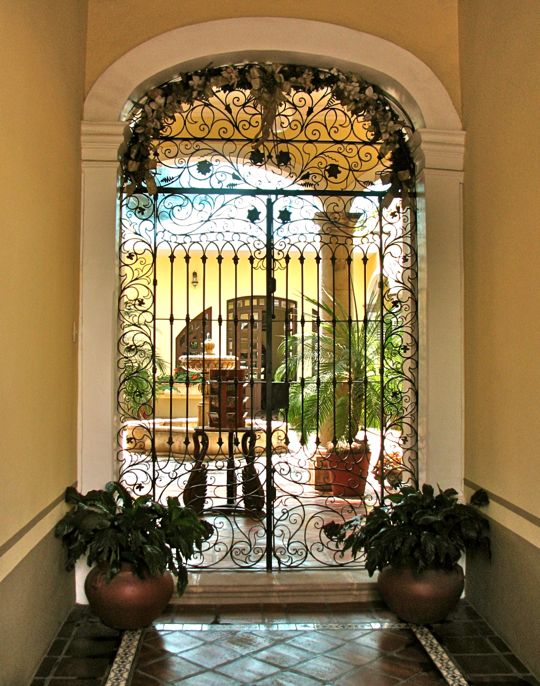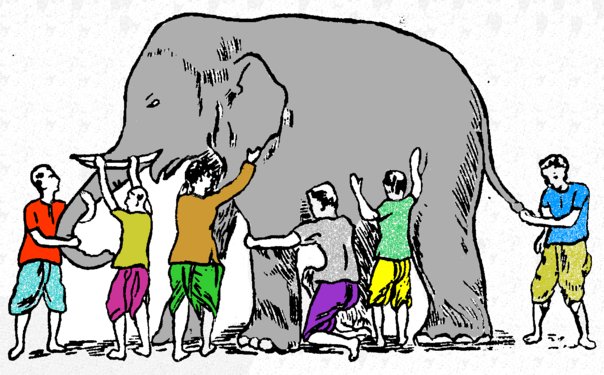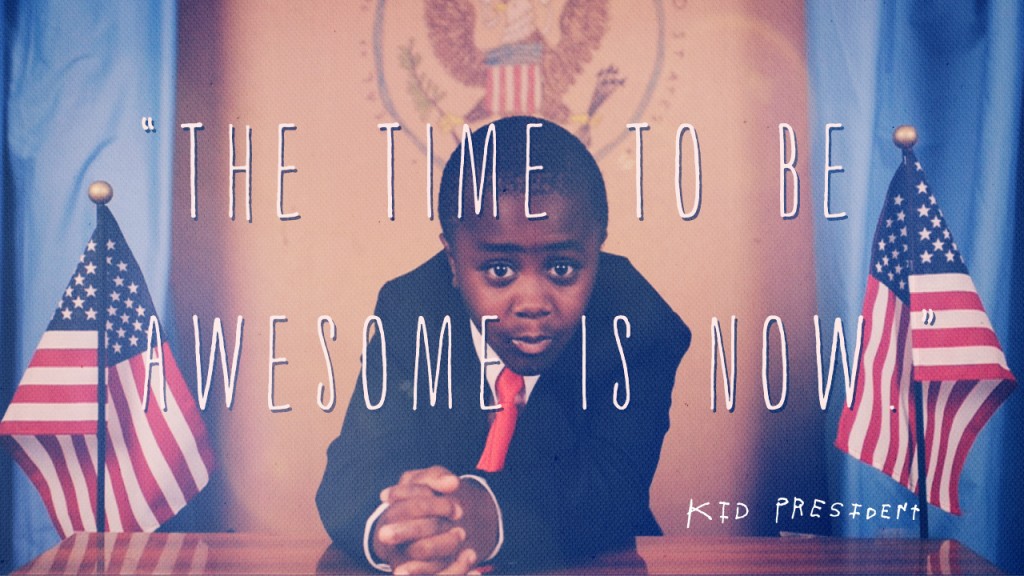Sack Lunch Feast
In one of the best known signs of Jesus’ ministry, he turns a sack lunch into a banquet for thousands. This the only miracle, apart from Jesus’ resurrection which appears in all four of the gospels. This sign obviously appealed to the 1st century listeners as bread would have made up a large portion of their diet. I’m sure that the term G.F. (gluten-free) would have meant next to nothing to that audience. Also, bread is also used throughout the Old Testament to signify blessing (Ecclesiastes 8:15; Psalm 132:15).
TEXT
After this Jesus went to the other side of the Sea of Galilee, also called the Sea of Tiberius. A large crowd kept following him, because they saw the signs that he was doing for the sick. Jesus went up the mountain and sat down there with his disciples. Now the Passover, the festival of the Jews, was near. When he looked up and saw a large crowd coming toward him, Jesus said to Philip, “Where are we to buy bread for these people to eat?” He said this to test him, for he himself knew what he was going to do. Philip answered him, “Six months’ wages would not buy enough bread for each of them to get a little.” One of his disciples, Andrew, Simon Peter’s brother, said to him, “There is a boy here who has five barley loaves and two fish. But what are they among so many people?” Jesus said, “Make the people sit down.” Now there was a great deal of grass in the place; so they sat down, about five thousand in all. Then Jesus took the loaves, and when he had given thanks, he distributed them to those who were seated; so also the fish, as much as they wanted. When they were satisfied, he told his disciples, “Gather up the fragments left over, so that nothing may be lost.” So they gathered them up, and from the fragments of the five barley loaves, left by those who had eaten, they filled twelve baskets. When the people saw the sign that he had done, they began to say, “This is indeed the prophet who is to come into the world.” When Jesus realized that they were about to come and take him by force to make him king, he withdrew again to the mountain by himself. JOHN 6:1-15
1. What does this story say?
2. What does this story say about Jesus?
3. What does this story mean for you?
THOUGHTS
By this time in Jesus’ ministry he had crowds of people who were following him around. John lets us know that these people kept seeing what Jesus was doing and saying, and kept hanging around. He is also quick to remind us that the miracles Jesus was performing had meaning beyond their powerful display. They serve as signs for us to follow into a deeper understanding of life and God. So, we find ourselves in John chapter 6, and Jesus sets in motion the actions we read about. He already knew what he was going to do and he is testing his follower. He questions Philip, who was from that area, about where they could get food for the crowd. Philip does not even attempt to answer the question but immediately points out the impossibility of what Jesus is asking. Philip responds by pointing out that even if they had half a year’s salary, which apparently they did not, it would not be sufficient for everyone to have even a bite. In an off-hand way Philip mentions that there is a boy among the crowd with his own sack lunch, five rolls and a couple of small fish. We are not told if the boy offers up his lunch or is coerced into handing it over, but Jesus orders his disciples to organize the crowd into groups, and after Jesus gives thanks, the boy’s small offering is multiplied into a meal for everyone present. No one went without, in fact there were baskets full of leftovers. One of my teachers liked to say he imagines the boy was given the leftover food and he must have had some kind of conversation with his mom when he got back home. From time to time, I hear people attempt to explain away the miraculous and give a rational reason for the meal everyone ate. I choose to take John at his word. The crowd certainly responds to the event in a way that points to the miraculous. The crowd claims that Jesus is in fact the prophet they’ve been waiting for and they attempt to make him their king. Jesus is in fact a king, but he will have no part in people making him into a king of their own design. The crowd listening that day would have wanted nothing more than to have a military leader to lead them in overthrowing the Romans who were also able to feed the nation. Jesus knows they have missed the point and chooses to withdraw. Instead of seeing the sign and being able to accept Jesus for who he was, the crowd wants to decide for itself the kind of savior they will get. We read at the end of John chapter six, after Jesus has explained in more detail the meaning of the sign, that only the twelve apostles chose to stick around and continue with him. Nothing thins out a crowd quicker than the truth.
So, what do we learn from this story? When we find ourselves facing seemingly impossible circumstances, then we are perfectly positioned for Jesus to act. Many reading this will immediately discount the story John tells as an ancient fable. Others will perhaps allow that something miraculous took place that day on the Galilean shore, but will conclude that the miraculous simply no longer occurs. Others will accept the sign and by faith jump in with both feet, submitting today’s cares to Jesus. Accepting the miracle and God’s capacity to work in our lives today in no way means we get to have things exactly the way we want them. It does mean that we are able to live with hope and a sense of purpose even in the face of difficult circumstances.
Also, it is better to give than receive. Willingly or not, the boy’s sack lunch was multiplied into blessing for all those in attendance. What do you have that you could give? Too often our focus is on what we need (or just want) rather than on what we can give. Don’t forget the saying, “takers eat well, but givers sleep well.” Even if what you have to offer is not multiplied to take care of the need of thousands, there is value in giving what we have of our resources to a worthy cause. Whether the resource is financial, time or a specific expertise in some area, ask yourself what you can give to others, and be thankful. Remember, before Jesus distributed the meal, he gave thanks. For what can you give thanks today? Probably more that you are aware of. I challenge you to go through a day in which you attempt to say “thank-you” for everything, even the mundane. As you dress in the morning, say thank you for your clothes. For the food you eat, and the people you meet (even the difficult ones), for your ability to live and move and think and breathe and whatever it is you are able to do this day, say thank you.
Continue reading more good news in the Signs Series…
Blessings,
Marty Hale
Thanks for visiting www.martyhale.org!










Comments are closed.
[…] son (John 4:46-54) 3. The healing of the paralytic at the Bethesda pool (John 5:1-17) 4. The feeding of the five thousand (John 6:1-14) 5. The walking on water (John 6:15-25) 6. The healing of the man born blind (John 9:1-41) 7. The […]